





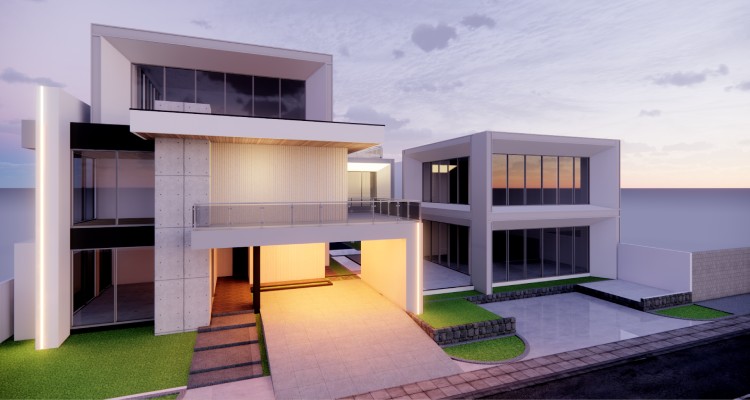
In the ever-evolving world of architecture, Manan Planners quest for innovation, sustainability, and functionality has given rise to the awe-inspiring landscape of modern building elevations. These contemporary structures have broken free from the traditional constraints of design and have emerged as symbols of progress and creativity. Let’s take a closer look at some of the key elements that define modern building elevations.
1. Clean Lines and Minimalism: Modern building elevations are characterized by clean lines and minimalist aesthetics. Gone are the ornate flourishes and embellishments of the past; today’s architecture embraces simplicity and elegance. Straight edges, smooth surfaces, and crisp corners create a sense of sophistication, allowing the building’s design to stand out in its own right.
2. Glorious Windows and Transparency: Windows play a pivotal role in modern building elevations, transcending their functional purpose to become architectural features. Floor-to-ceiling glazing allows natural light to flood the interior spaces, reducing the need for artificial lighting and connecting occupants with the surrounding environment. Transparency not only enhances the building’s appearance but also fosters a sense of openness and transparency in the structures’ purpose.
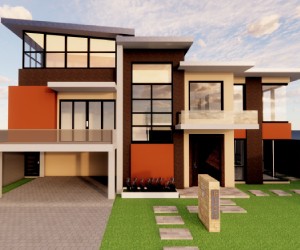
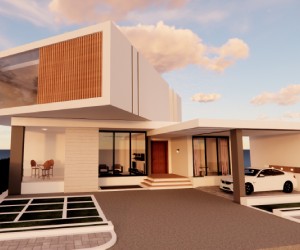
3. Sustainable Materials: As sustainability becomes a top priority in construction, modern building elevations often incorporate eco-friendly materials. From recycled steel and concrete to energy-efficient glass and sustainable composites, architects are embracing responsible building practices to reduce the environmental impact of their creations.
4. Dynamic Facades: Innovative facades have become synonymous with modern architecture. Architects experiment with various materials, textures, and patterns to create visually striking exteriors. Facades may change appearance depending on the time of day, weather conditions, or the angle of sunlight, giving the building a dynamic and ever-changing character.
5. Integration of Green Spaces: Modern building elevations increasingly feature green spaces, both inside and outside the structure. Rooftop gardens, vertical plant walls, and terraces not only add a touch of natural beauty but also promote sustainability by mitigating the urban heat island effect and improving air quality.
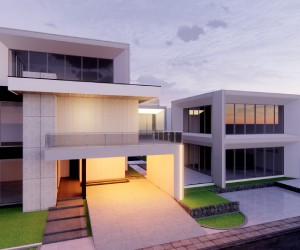

6. Flexible and Adaptive Design: Contemporary buildings are designed with flexibility and adaptability in mind. The spaces within can be repurposed for different uses over time, accommodating changing needs and trends. This design approach ensures that the building remains relevant and functional for years to come.
7. Smart Technology: The integration of smart technology is another defining element of modern building elevations. Automated systems control lighting, temperature, and ventilation, optimizing energy consumption and enhancing the overall user experience. Smart buildings are designed to be efficient, convenient, and responsive to the needs of their occupants.
8. Iconic Shapes and Landmarks: Modern architecture dares to be different. Some buildings feature iconic and daring shapes, breaking away from traditional rectangular forms. Organic curves, angular designs, and futuristic silhouettes contribute to the creation of architectural landmarks that capture the imagination and define skylines.
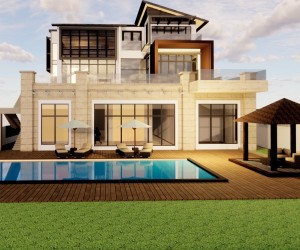
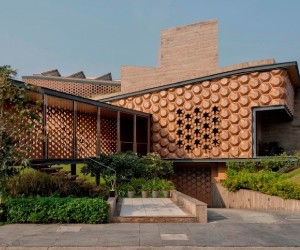
9. Green Energy Solutions: Sustainability goes beyond materials. Modern building elevations may incorporate renewable energy solutions, such as solar panels or wind turbines, to generate power and contribute to the building’s energy needs.
10. Integration with Surroundings: Modern buildings strive to harmonize with their surroundings rather than overpowering them. Architects consider the local context, cultural influences, and natural environment to ensure that the building becomes an integral part of the urban fabric.
In conclusion, modern building elevations represent a fusion of creativity, sustainability, and functionality. These architectural marvels stand as a testament to human ingenuity, pushing the boundaries of what is possible in design and construction. As we continue to innovate and explore new possibilities, modern architecture will undoubtedly shape the cities of the future, leaving an indelible mark on our urban landscapes.


Leave A Comment